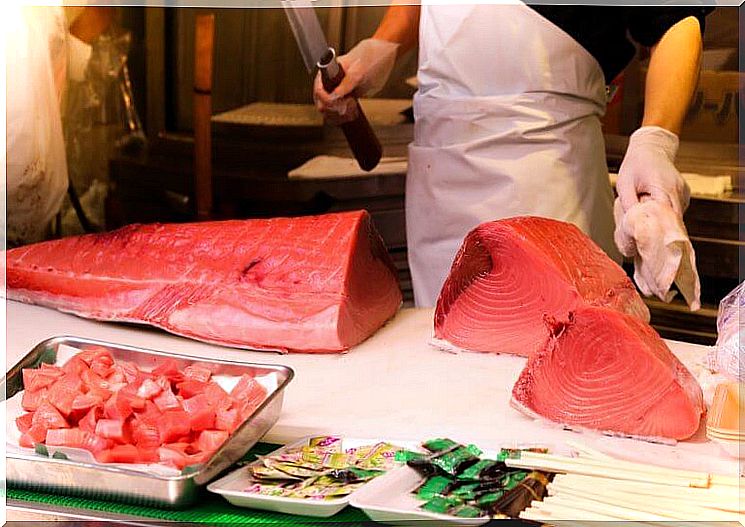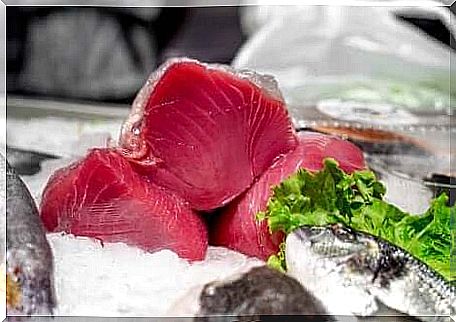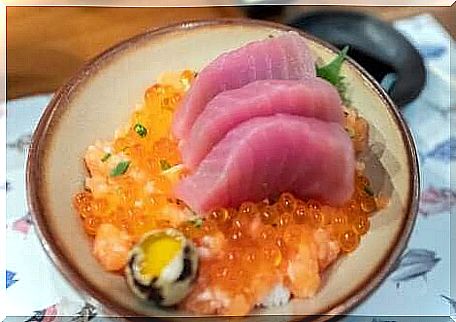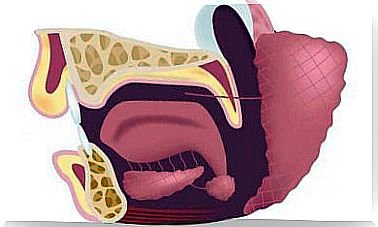Can We Eat Raw Tuna?
Many people wonder if it is safe to eat raw tuna. On this occasion, we want to tell you under what conditions it is possible to eat it and who should avoid it. Want to know more ?

In recent years, Asian influences have introduced the consumption of raw fish into our gastronomy. For both sushi and other types of preparations, it is common to consume uncooked seafood. However, this can pose a health risk if the necessary hygiene measures are not taken. Is it possible to eat raw tuna?
The product must first be frozen
The worst enemy of consumers of raw fish is anisakis, according to a study published in the International Journal for Parasitology. This parasite is capable of causing serious illness and even death in humans. It is therefore necessary to be very careful in handling the products to avoid the reproduction of the parasite and its eggs.
It is essential to subject the tuna to a freezing process. At a temperature of -35 ºC, it takes 15 hours to ensure the complete destruction of this organism. However, at a temperature of -20 ºC, the time required is 24 hours.

The main symptoms of anisakis poisoning are stomach pain, vomiting and diarrhea. Normally, the parasite dies when the fish is cooked, but it can remain alive if eaten raw or marinated.
It is therefore essential to ask the fishmonger if the product you are acquiring has been subjected to a freezing process which ensures the destruction of the anisakis. Otherwise, it is necessary to carry out this process at home.
Thawing is another critical point
Thawing tuna should be done cold. Avoiding room temperature or heat is a good way to prevent the reproduction of possible pathogenic organisms or the hatching of eggs present in the product.
Defrosting should be slow so as not to lose the organoleptic characteristics and, if possible, in the refrigerator. In this way, we guarantee the prevention of possible food poisoning or a deterioration in the quality of the product.
It is also important not to break the cold chain when the product is in the frozen state. Often, tuna can be purchased frozen. In this case, it is essential to ensure that the product does not drop below -18 ºC at any time.
Using acids for cooking
In preparations in which the tuna is eaten raw, such as in a tataki, it is important to use a little acid to ensure the safety of the product. Usually the acid of choice is lime or lemon juice. This improves the taste of the fish and creates an acidic environment hostile to pathogenic organisms.
Dangers of eating raw tuna

In some situations, it is not advisable to eat raw fish. This is the case with pregnant or immunocompromised people, according to a study published in the journal Public Health Nutrition. Due to their greater sensitivity to pathogenic organisms, a small bacterial load could lead to the loss of the fetus or worsening of the health of the individual.
Therefore, in this type of person, it is essential to ensure that the fish is fully cooked before it is consumed. However, the product must be properly frozen and thawed before cooking to increase safety and reduce the likelihood of harboring pathogens or eggs.
You can eat raw tuna with certain precautions
Consumption of raw fish is influenced by Asian cuisines. It can be a delicacy that is safe to eat if proper hygiene measures are taken. Not breaking the cold chain and proper freezing process are key points when consuming raw tuna.
This will ensure good food safety and adequate organoleptic quality. From there, there are many possible preparations with this type of product. It is possible to prepare sushi, poké, ceviche, etc., with the certainty that the food will not cause any harm to the body.
Besides, the safety of the food can be improved by adding some kind of acid component. However, it is important not to store these types of preparations for long after they have been prepared.
Their cold storage is not entirely good, first because of the loss of taste, and secondly because it increases the probability that the eggs of a pathogen will hatch and that the product will become dangerous to health.









